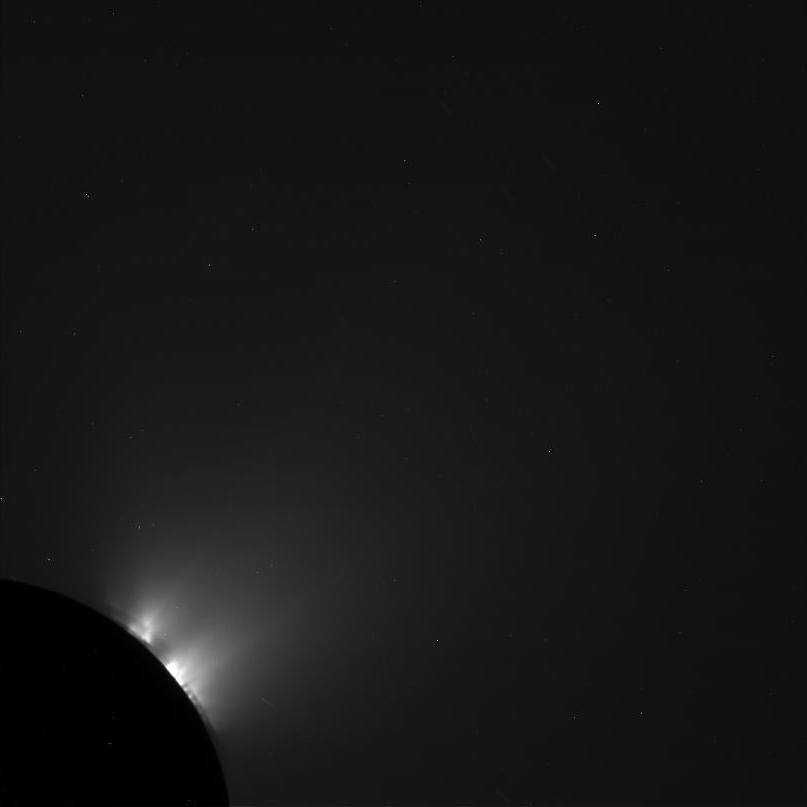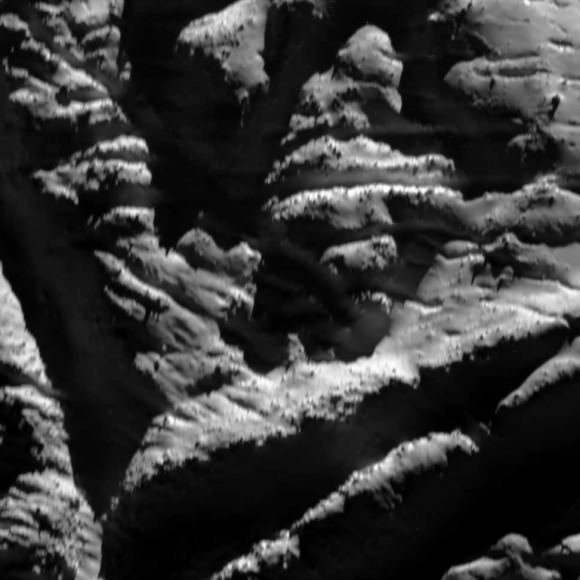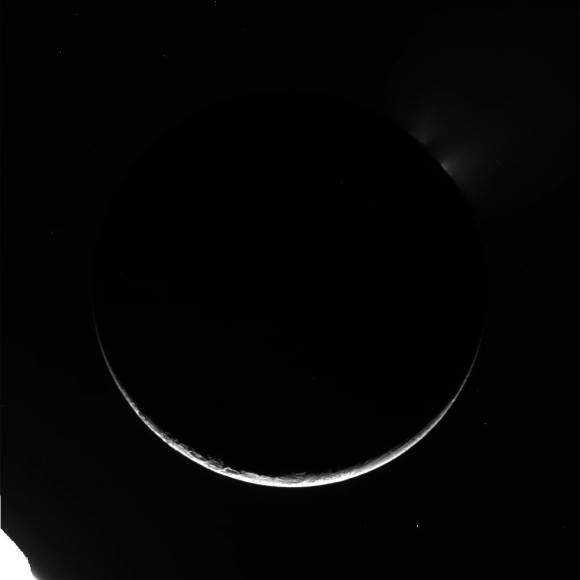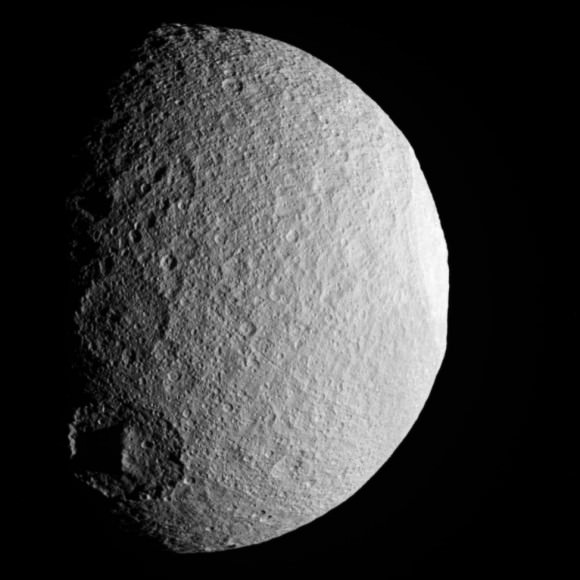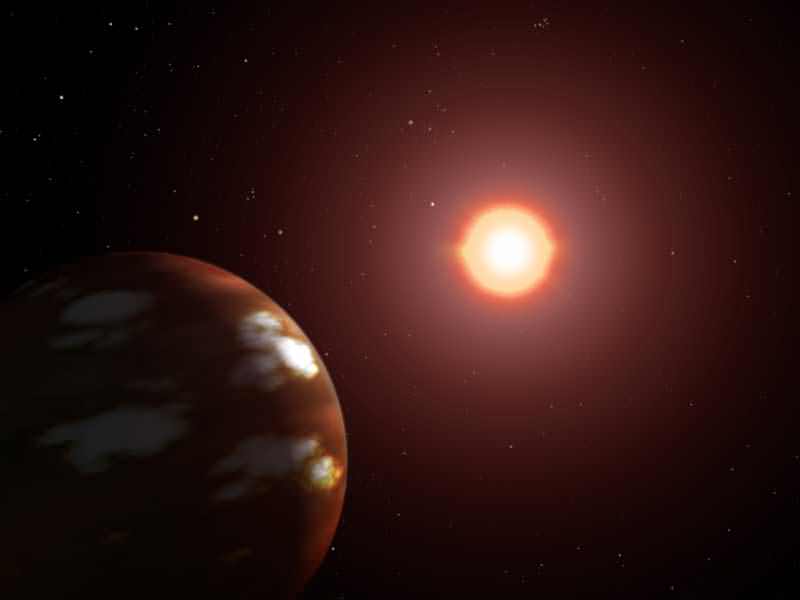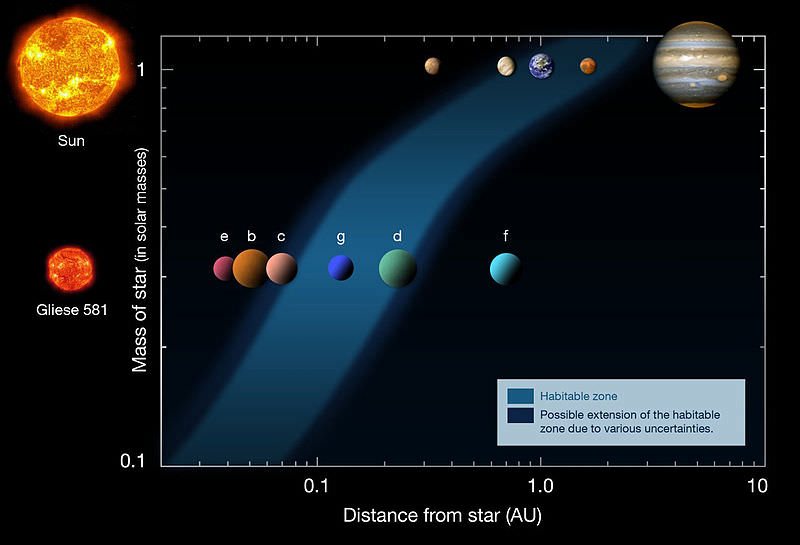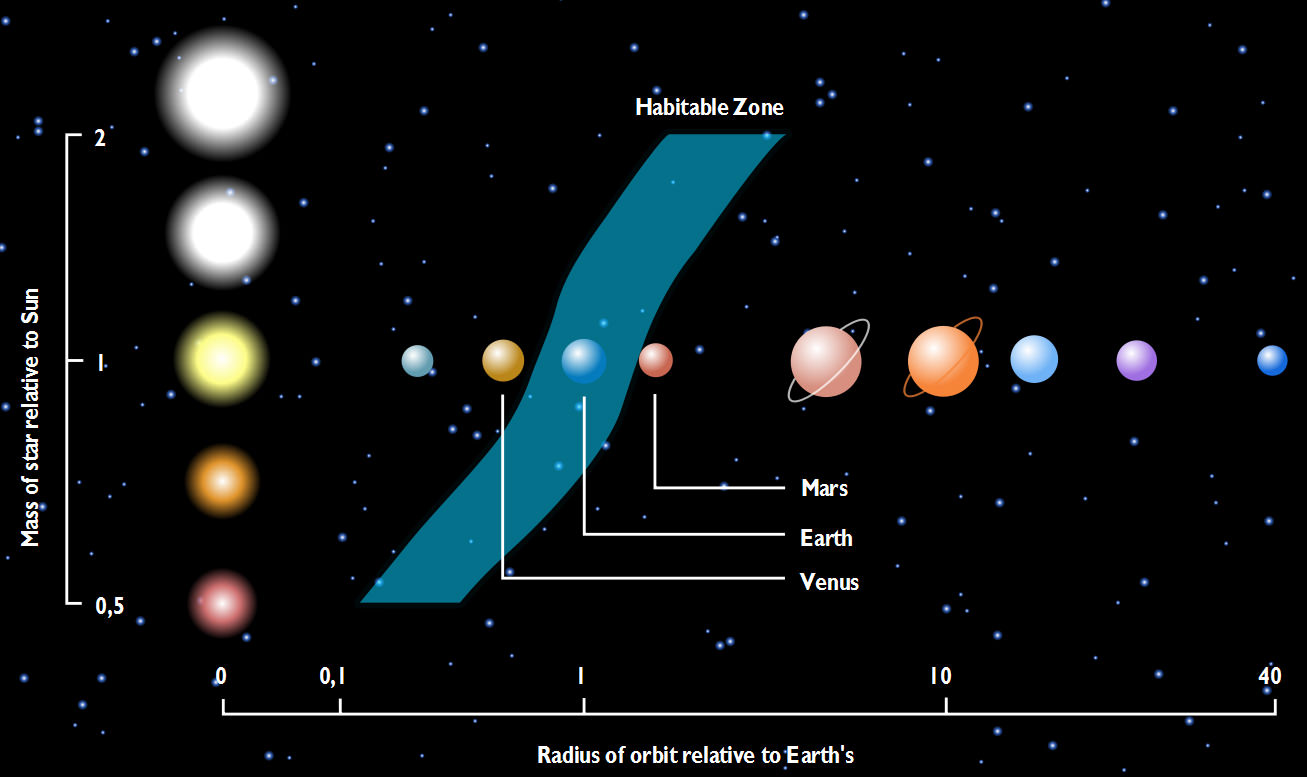[/caption]
As astronomers continue to discover more exoplanets, the focus has slowly shifted from what sizes such planets are, to what they’re made of. First attempts have been made at determining atmospheric composition but one of the most desirable finds wouldn’t be the gasses in the atmosphere, but the detection of liquid water which is a key ingredient for the formation of life as we know it. While this is a monumental challenge, various methods have been proposed, but a new study suggests that these methods may be overly optimistic.
One of the most promising methods was proposed in 2008 and considered the reflective properties of water oceans. In particular when the angle between a light source (a parent star) and an observer is small, the light is not reflected well and ends up being scattered into the ocean. However, if the angle is large, the light is reflected. This effect can be easily seen during sunset over the ocean when the angle is nearly 180° and the ocean waves are tipped with bright reflections and is known as specular reflection. This effect is illustrated in orbit around our own planet above and such effects were used on Saturn’s moon Titan to reveal the presence of lakes.
Translating this to exoplanets, this would imply that planets with oceans should reflect more light during their crescent phases than their gibbous phase. Thus, they proposed, we might detect oceans on extrasolar planets by the “glint” on their oceans. Even better, light reflecting off a smoother surface like water tends to be more polarized than it might be otherwise.
The first criticisms of this hypothesis came in 2010 when other astronomers pointed out that similar effects may be produced on planets with a thick cloud layer could mimic this glinting effect. Thus, the method would likely be invalid unless astronomers were able to accurately model the atmosphere to take its contribution into consideration.
The new paper brings additional challenges by further considering the way material would likely be distributed. Specifically, it is quite likely that planets in the habitable zones without oceans may have polar ice caps (like Mars) which are more reflective all around. Since the polar regions make up a larger percentage of the illuminated body in the crescent phase than during the gibbous, this would naturally lead to a relative diminishing in overall reflectivity and could give false positives for a glint.
This would be especially true for planets that are more oblique (are “tilted”). In this case, the poles receive more sunlight which makes the reflections from any ice caps even more pronounced and mask the effect further. The authors of the new study conclude that this as well as the other difficulties “severely limits the utility of specular reflection for detecting oceans on exoplanets.”


